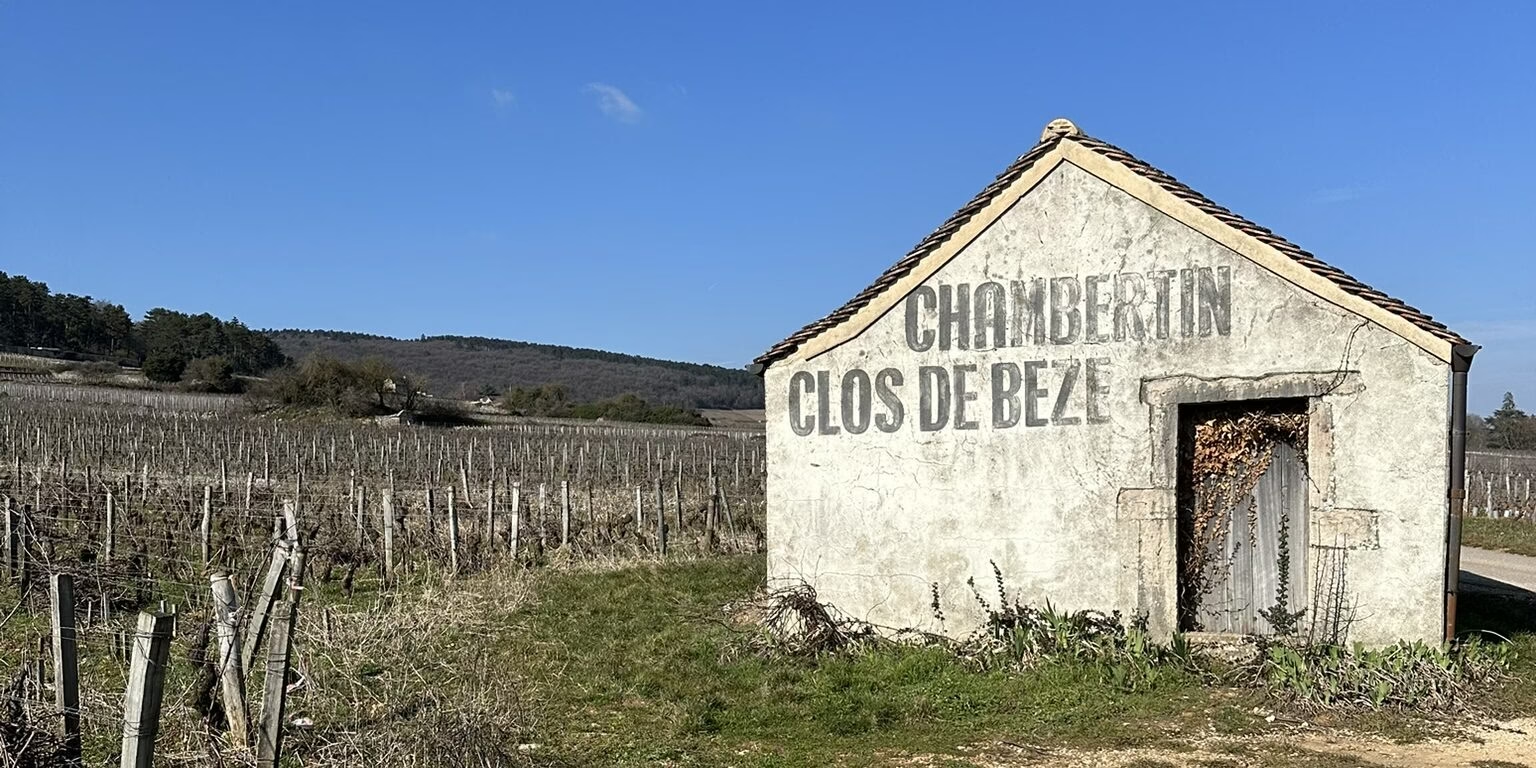Let’s face it. Burgundy wine can be intimidating. The names are French, the labels are cryptic and the bottles can cost as much as a holiday. But sounding like you know your way around a wine list doesn’t have to mean years of tasting notes and a diploma in vineyard geography.
Whether you’re bluffing at a dinner party, trying to impress a client or just want to feel more confident choosing a bottle, here’s your crash course in talking Burgundy like a pro — no gatekeeping, no memorisation, no panic.
Start with the Basics: It’s All About Place
The biggest secret? Burgundy is not a grape. It’s a region. A patch of eastern France with a reputation for producing some of the finest wines in the world.
Red Burgundy is mostly made from Pinot Noir. White Burgundy is mostly made from Chardonnay. But there’s also Aligoté (a crisp white) and Gamay (used in Beaujolais, the southern stretch of Burgundy). If you can drop those names casually, you’re already ahead of the game.
The Holy Word: Terroir
Terroir (pronounced tehr-wahr) is Burgundy’s magic word. It means the combination of soil, slope, sun and microclimate that gives a wine its character. In Burgundy, winemakers obsess over it. Same grape, different vineyard, totally different wine. If someone asks what makes Burgundy special, just say “It’s all about the terroir” and give a knowing nod. You’ll be fine.
Know Your Labels Without Panic
Burgundy labels can look like riddles, but here’s the cheat sheet:
- Bourgogne means regional. These wines are entry-level and often great value.
- Village wines are from specific villages like Meursault or Gevrey-Chambertin. Expect more personality.
- Premier Cru means the vineyard is considered excellent.
- Grand Cru is top of the top. It’s rare, it’s pricey, and if someone offers you a glass, say yes.
Bonus tip: You don’t need to pronounce everything perfectly. Just say it confidently and move on.
Throw in a Producer Name
In Burgundy, who made the wine is just as important as where it comes from. If you can mention an iconic producer like Domaine de la Romanée-Conti, you’ll sound like you know your stuff. Even better, drop in a rising star name like Famille Messager-Germain or a favourite of yours from our shop.
Pairing Talk That Sounds Smart
Burgundy is food-friendly, which gives you another chance to show off. Try one of these lines:
“A Côte de Beaune Chardonnay is perfect with roast chicken.”
“Pinot from the Côte de Nuits works beautifully with duck or mushroom risotto.”
“Aligoté is brilliant with oysters or anything salty.”
When in Doubt, Say This
If you find yourself stuck, just go with this:
“Burgundy is all about subtlety and expression. It’s not always easy, but when it clicks, nothing else compares.”
That line buys you time, sounds deep and doesn’t require actual expertise.
Where to Put This Knowledge to Work
If you want to move beyond the bluff and actually get to know Burgundy for real:
- Explore our Burgundy wine collection for bottles that are both impressive and accessible.
- Join the Burgundy Wine Club. Get hand-picked bottles with notes, food pairings and zero snobbery.
Final Word
You don’t need to know every vineyard or vintage to appreciate Burgundy. Just a few well-placed words and a good glass in hand. And the best part? Once you’ve faked it a few times, you might just find yourself actually falling in love with it.
No textbook needed. Just curiosity and a corkscrew.

